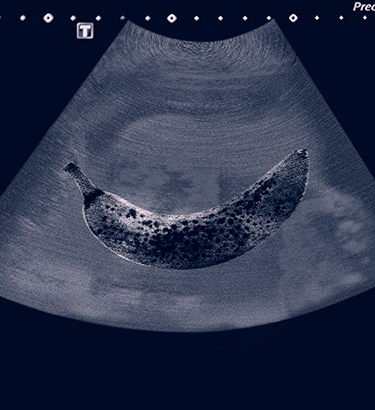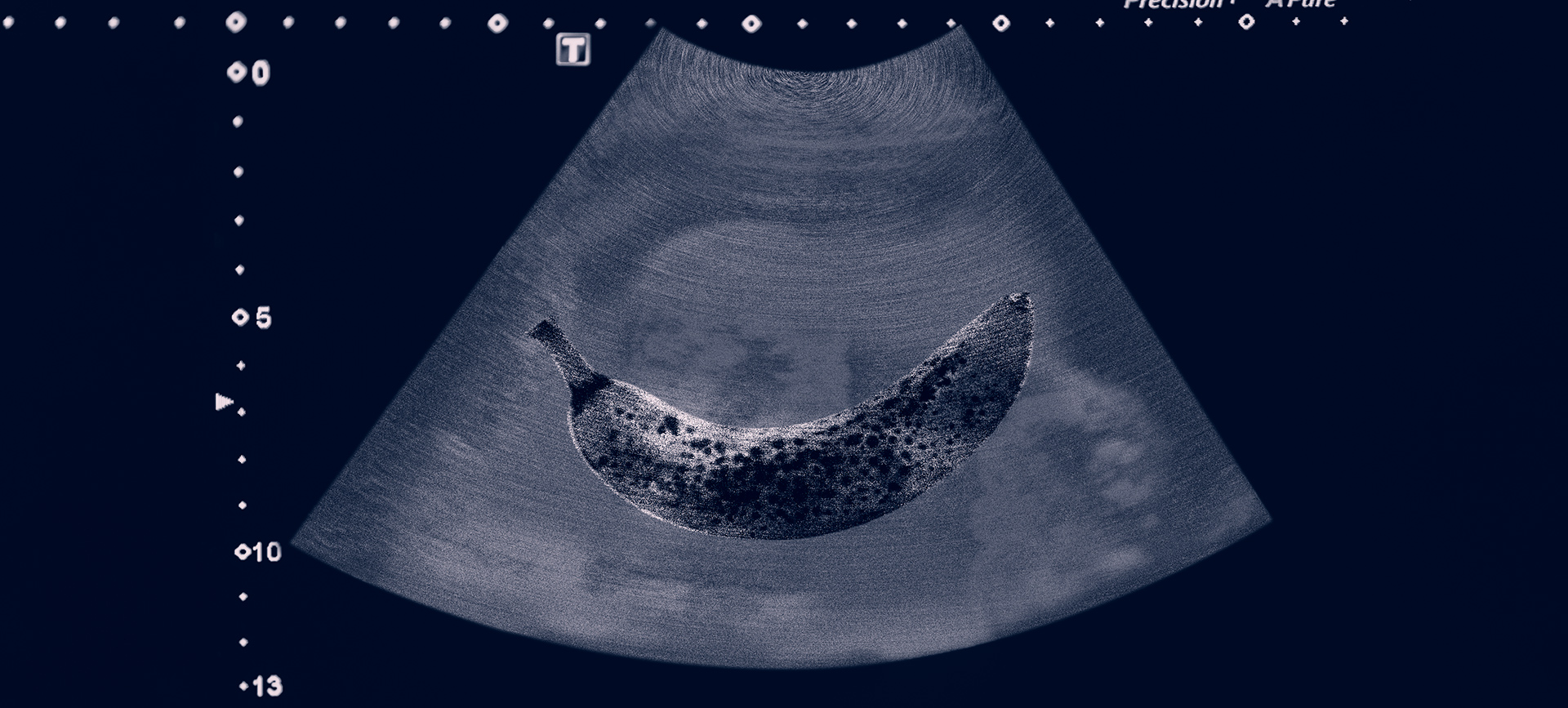When a man with erectile dysfunction comes to urologist Seth Cohen, M.D. because his ED prescription isn't working, Cohen will often administer a penile duplex Doppler ultrasound (PDDU), a noninvasive test that evaluates the arterial damage inside the patient's penis.
If the damage is severe enough that Cohen doesn't think the man is a good candidate for penile injection therapy, he may discuss the possibility of a penile implant. Or, if the penile ultrasound indicates the arteries look healthy, despite not responding to medication, Cohen may offer injection therapy, sparing the man from undergoing implant surgery.
Cohen's example illustrates how useful the PDDU can be in both the diagnosis and treatment of men with erectile difficulties.
The penile ultrasound is similar to most common ultrasounds, said Cohen, an assistant professor of urology and director of sexual medicine at NYU Langone Health. Ultrasounds are good tools to use on the penis because they don't use radiation or transmit much heat, which is why they can be used on the belly of a pregnant woman.
'It's picking up different signal frequencies, whether thicker like muscle or thinner like fat, and then it reads it out on the display machine.'
A PDDU involves placing an ultrasound probe along the side of the penis. Different crystals within the probe measure frequencies within the body.
"It's picking up different signal frequencies, whether thicker like muscle or thinner like fat, and then it reads it out on the display machine," Cohen said.
While most people are familiar with ultrasounds, they may be thrown off by the word "Doppler." We all know about the Doppler weather radar, which shows the rain in our area. In the medical world, a Doppler measures the velocity of flow of a fluid, Cohen explained.
Typically, Doppler is used to measure blood flow within vascular organs. For example, if someone has reconstructive surgery on their leg, a doctor will use the Doppler ultrasound probe to make sure there's continued blood flow in the leg.














